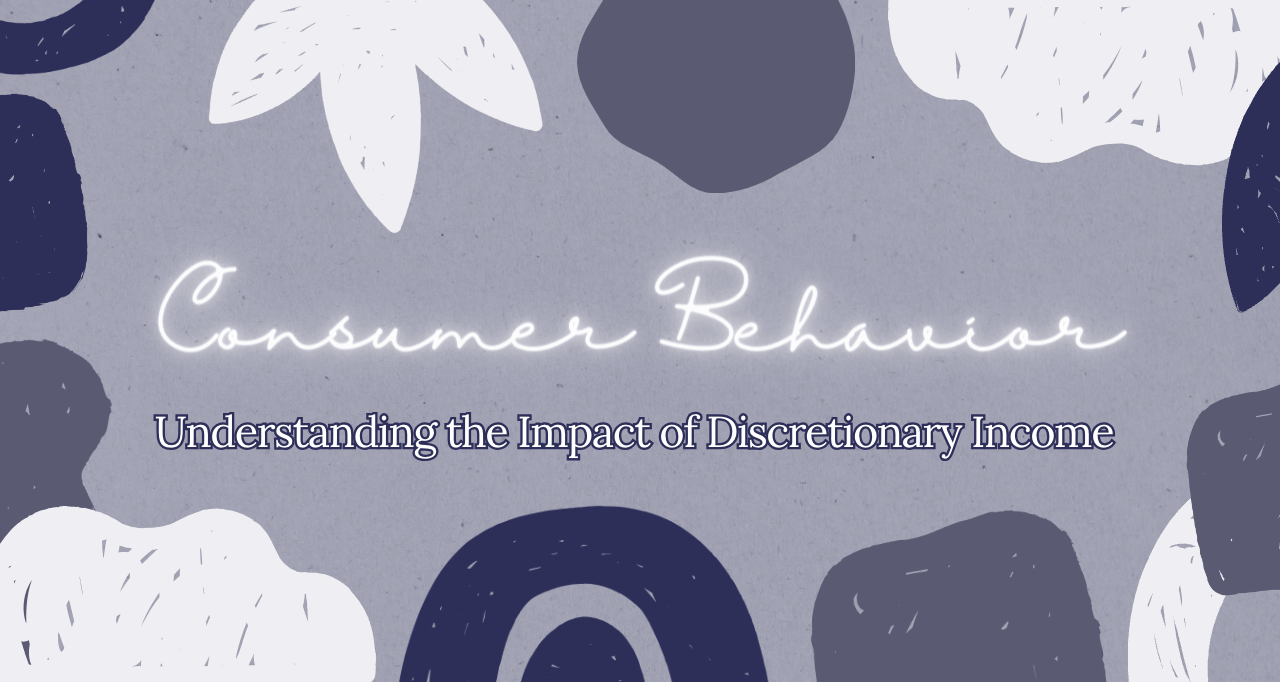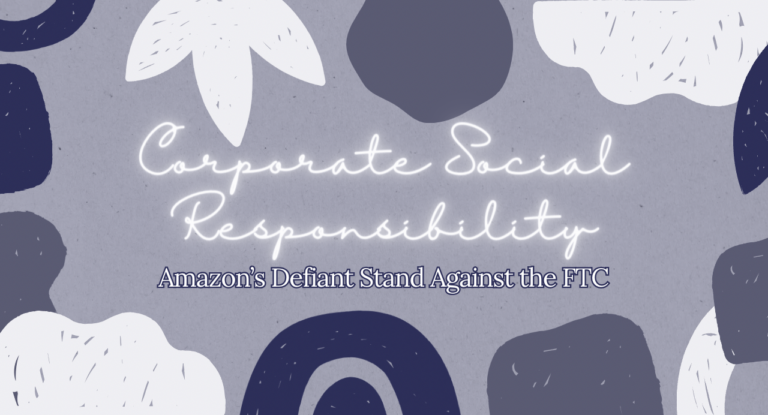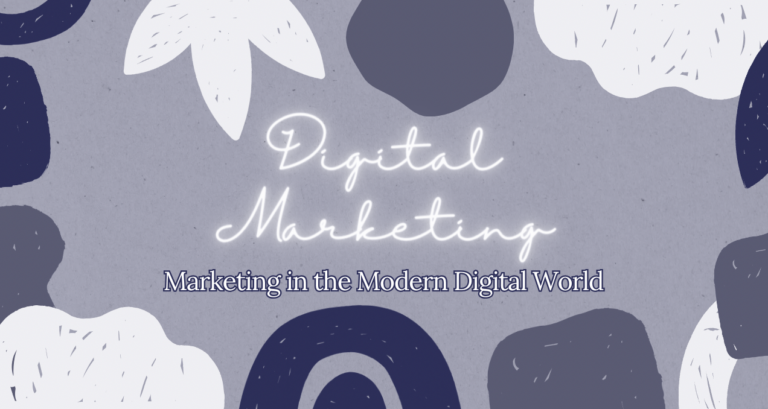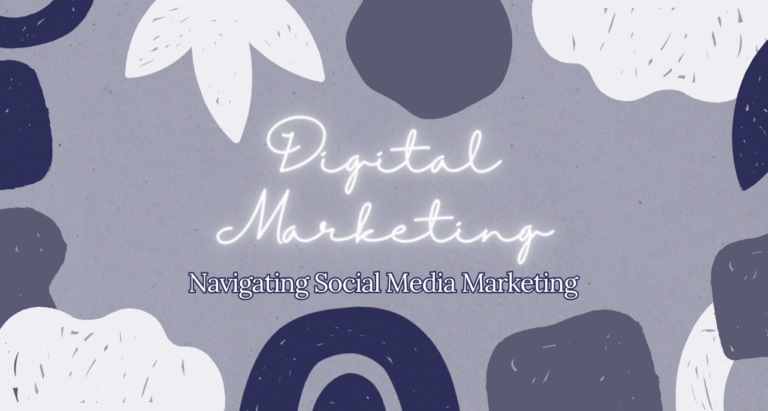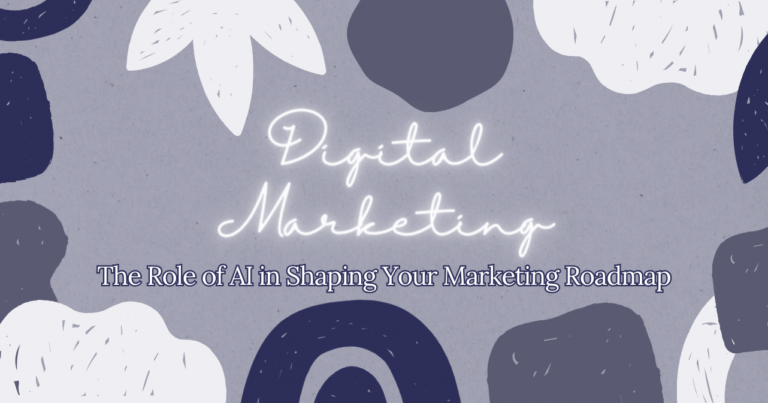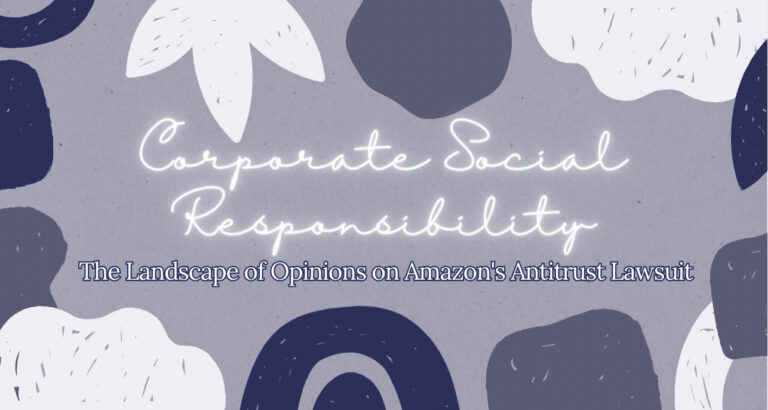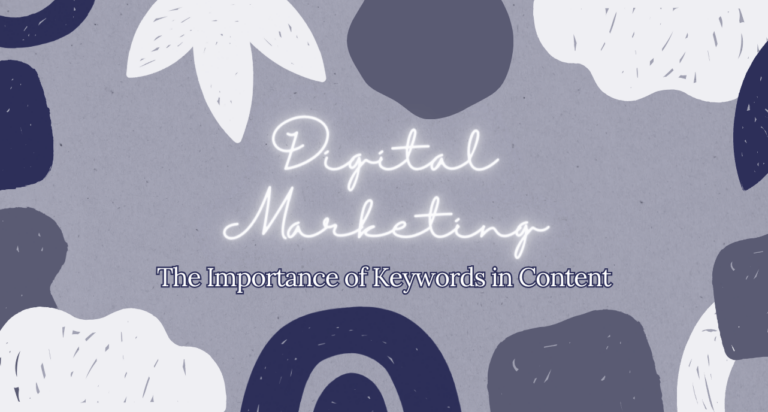Understanding the Impact of Discretionary Income on Consumer Behavior
breaking down how disposable Income impacts spending
Discretionary Income
One major obstacle marketer tends to face is the social class of their audience. This status is typically on the foundation of one’s cultural identity, location, and one of the most influential… income. We find that, an individual’s discretionary income, directly impacts how an organization approaches them as a consumer. Also known as disposable income, discretionary income is essentially the extra money a person has left out of their paycheck for their indulgence. It is what’s left after paying for necessities.
What people do
Differing income levels usually depicts purchasing behavior of consumers. To paraphrase researchers Van Boven and Gilovich, there is evidence of targeting those with more discretionary income with experiences, instead of products (Jin 2022). Meaning, it is more common for people that tend to have higher amounts of spending money to distribute it towards expenses like, vacation, shows, trips, and events. Whereas those who may not be as fortunate, typically save their disposable income for products they can use. Whether these products be, clothes, technology, functional items, or things that make their daily lives easier.
But as a result, specifically with younger generations, this leads to spontaneous purchases. While not entirely solidified in foundation, it’s thought that “discretionary income may give working youth and emerging adults a sense of “premature affluence” and predict poor spending habits” (Le-Baron Black 2023). In other words, people with jobs during their late high school and early college years, tend to use their extra money on unnecessary things. Which aligns in support with the argument earlier posited.
But Why?
Furthermore, we are seeing that younger populations in America tend to receive a lower hourly wage to work. Mind you, when I mean “younger” in this case, we are looking at those between the ages of 16 and 19. So, based solely on lack of experience and accessibility to certain positions that makes sense. But, in comparison the highest paid age group, 45 to 54 years old, high school and into college aged individuals are typically earing $15.70 less (Haan 2023). So in terms of what trends we have discussed, it’s quite clear why younger working class individuals spend their discretionary income the way they do. If research proposes that those who have less to spend, use it less methodically. It only makes sense that younger groups feel impulsive with their spending.
As a marketer…
Moreover, we can see the impact discretionary income has on purchasing power and therefore behavior of consumer. To put this in perspective, this factor will impact all four main aspects of the Marketing Mix: Product, Price, Placement, and Promotion (Kenton 2023).
- Product: Depending on what money they have left to spend, depicts whether they are inclined to purchase a (your) product, or will lean towards allocating it to an experience.
- Price: Because of one’s income, it’s obvious price matters to them. When they are experiencing a lack of discretionary income, they take into consideration the relativity of the price point and their salary.
- Placement: We know different areas are more well off than others, Beverly Hills will of course have more money to throw around, than your small town. What do you think they will spend it on?
- Promotion: Circling back, an organization is going to promote what they possess in accordance with their target’s disposable income.
To Sum
Making it fair to undoubtedly consider the income of individuals within a targeted group when developing an organization’s marketing campaign. Understanding how individuals use their extra spending money is imperative to conceptualizing how people will react to your value proposition.
References
Haan, K. (2023, May 23). Average Salary by Age: A Comprehensive Guide. Forbes. https://www.forbes.com/advisor/business/average-salary-by-age/
Jin, B., & Li, J. (2022). Does spending self-earned money make college students happier? The effect of source of money on purchase happiness: Research and Reviews. Current Psychology, 41(11), 7500-7511. https://doi.org/10.1007/s12144-020-01186-1
Kenton, W. (2023, March 27). Marketing Mix: The 4 Ps of Marketing and How to Use Them. Investopedia. https://www.investopedia.com/terms/m/marketing-mix.asp
LeBaron-Black, A., Kelley, H. H., Jeffrey, H. E., Jorgensen, B. L., & Jensen, J. F. (2023). Financial Socialization Agents and Spending Behavior of Emerging Adults: Do Parents, Peers, Employment, and Media Matter? Journal of Financial Counseling and Planning, 34(1), 6-19. https://doi.org/10.1891/JFCP-2021-0036

